Our History
Tecnológico de Monterrey was founded in 1943 thanks to the vision of Don Eugenio Garza Sada and a group of entrepreneurs who formed a non-profit association called Enseñanza e Investigación Superior, A. C.
Tecnológico de Monterrey is a private, non-profit, independent institution with no political and religious affiliations.
The work of Tecnológico de Monterrey and all its campuses is supported by civil associations made up of a numerous group of outstanding leaders from all over the country who are committed to quality in higher education.
Every year, the board members of these civil associations meet to define the goals that will guide the major decisions which will help Tecnológico de Monterrey to meet its objective of driving the development of communities and the nation.
Tecnológico de Monterrey enjoys the support of the national community, which participates in the raffles organized by the institution itself to expand its scholarship program and investment in infrastructure.
Tecnológico de Monterrey enjoys the status of Free University School, which enables it to function as an educational institution.
These are some of the main events that distinguish our Institution 80 years after the foundation of Tecnológico de Monterrey.
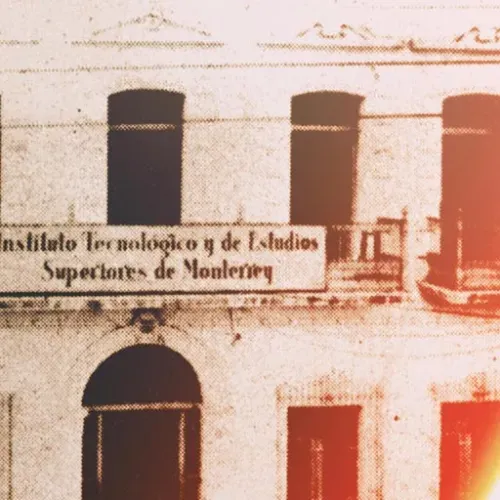
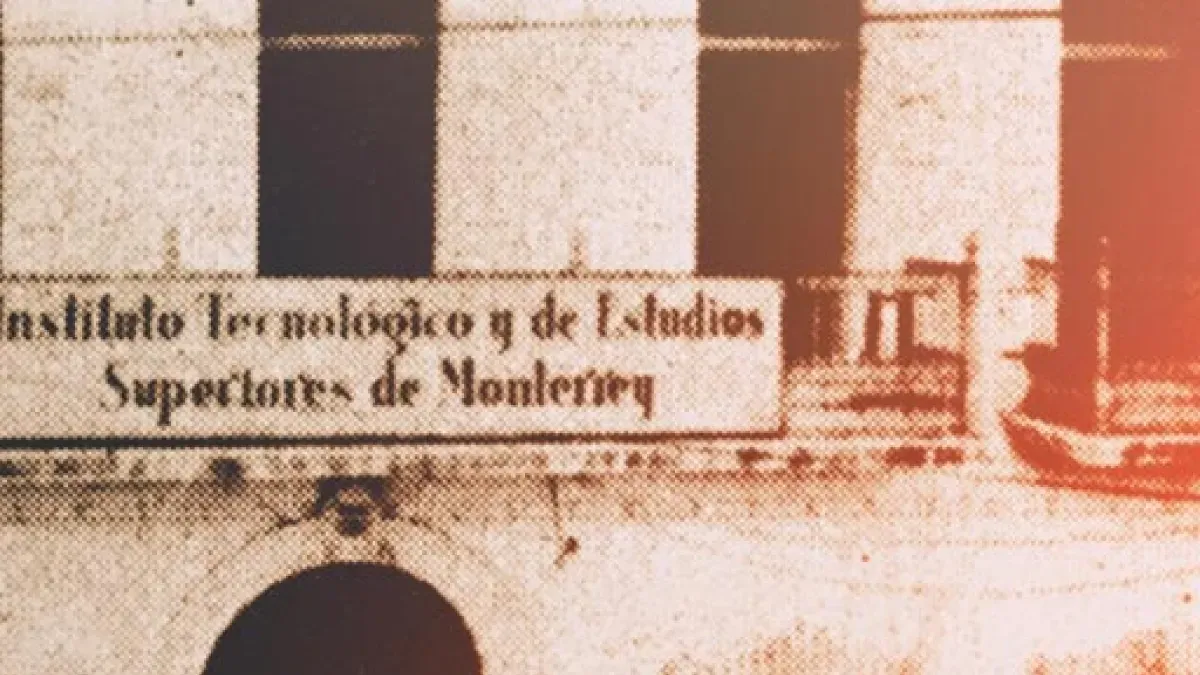
First Decade. Foundation - Laying the groundwork (1943-1953)
1943
- Foundation with 350 students, Business and Engineering majors, and High School.
- Eugenio Garza Sada, President of the Board of Trustees 1943-1973.
- León Ávalos Vez, Director 1943-1947.
- Unique features in Mexico: full-time professors, semester academic periods, and residential services for out-of-state students.
1945
- The American football team is born, the first Tec-UANL classic and the Ram becomes the official mascot.
1946
- First Tec graduate: Francisco Vera Escota, Chemical Engineer.
- The Department of Extracurricular Action is created, the precursor of Student Affairs, today known as Leadership and Student Formation (LiFE).
- Architecture major is launched.
1947
- The Monterrey Campus is inaugurated, being the first university campus in Mexico.
- Roberto Guajardo, Director, 1947-1951.
- The first female student graduate of Tec: Graciela Soriano Morelos, Industrial Chemical Engineer.
- The first Tec de Monterrey Lottery is held.
1948
- Boarding school begins operations in its facilities, today known as Residences.
- The School of Agronomy is inaugurated.
- The Tecnológico Artistic Society (SAT in Spanish) is founded for the diffusion of culture.
- First educational institution in Mexico to offer intensive summer courses in English for foreign students.
1950
- Accreditation by the Southern Association of Colleges and Schools (now SACSCOC), the first university outside the US to be accredited by this institution.
- The Institute of Industrial Research is created in agreement with Southwest Research Institute.
- The Tecnológico Stadium is inaugurated.
1951
- Victor Bravo Ahuja, Chancellor 1951-1958.
- 34% of students had a scholarship.
- 40% of students belong to Campus Monterrey and 59% come from the rest of the country, 1% are foreigners.
1953
- The first 10 years, with 2,250 students and majors in Business, Engineering, Agronomy, and Architecture.
- 45% of students had a scholarship.
- 54.6% of students belong to Monterrey, 45% come from other states in Mexico, and 3.4% are foreigners.
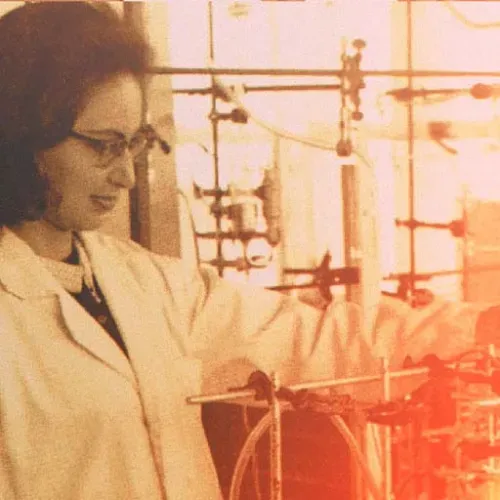
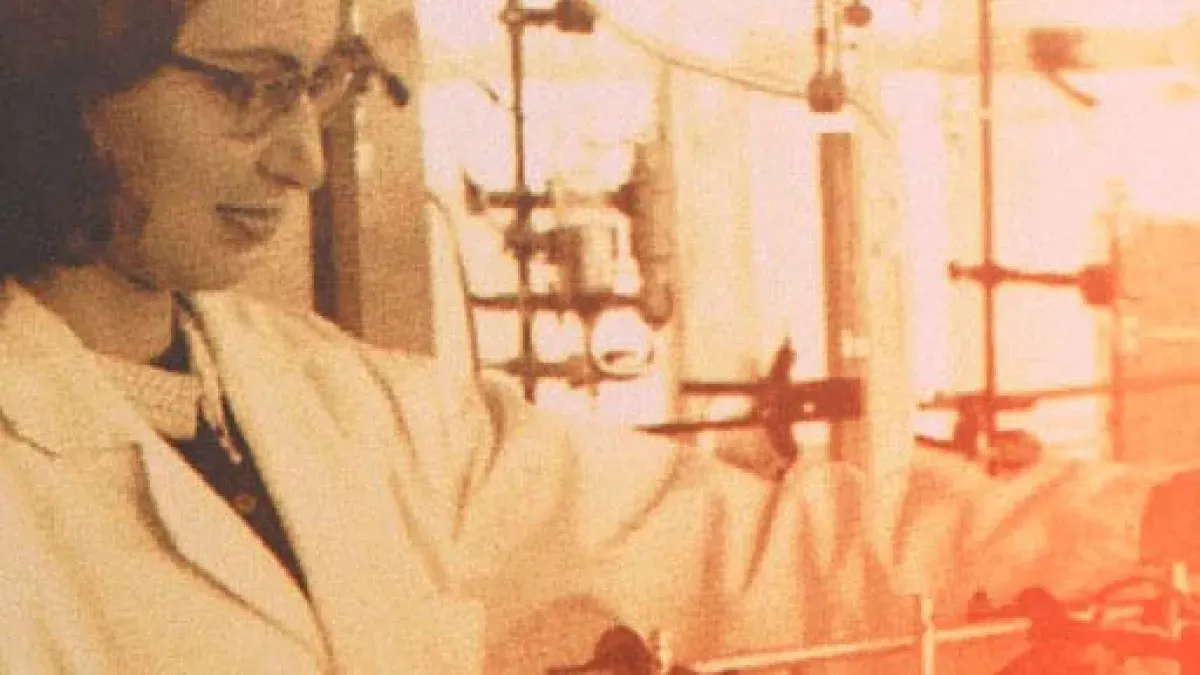
Maturing the project (1953-1963)
1953
- The first 10 years, 2,250 students and majors in Business, Engineering, Agronomy, and Architecture.
1954
- A new library features the iconic mural "The Triumph of Culture" by Jorge González Camarena.
1955
- The first formal Faculty meeting (which evolved into the current Faculty and Academic Senate meetings).
- First cultural exchange coordinator (responsible for institutional and international relations).
1957
- The School of Sciences is born with majors in Physics, Mathematics, and Chemistry.
1958
- A degree in Modern Languages and Literature and the first Humanities program is created.
- Tec enters the National Association of Universities and Higher Education Institutes (ANUIES).
- The first students' theatrical play Contigo Pan y Cebolla (With You, Bread, and Onions) was staged.
1960
- Fernando García Roel, chancellor 1960-1984.
1961
- Master's degrees in engineering and science areas are first offered.
- First alumni meeting.
1963
- The first computer arrives with the acquisition of an IBM 1620. The Electronic Calculation Center is created.
- The first master's degree is awarded in the specialty of Chemical Sciences.
- Tec celebrates its 20th anniversary, with 6,689 students from all states of Mexico and 18 foreign countries, studying in disciplines such as Business, Engineering, Sciences, Agronomy, Architecture, Social Sciences, and Humanities.
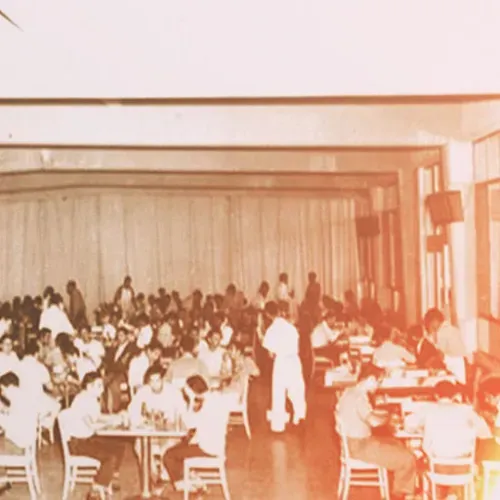
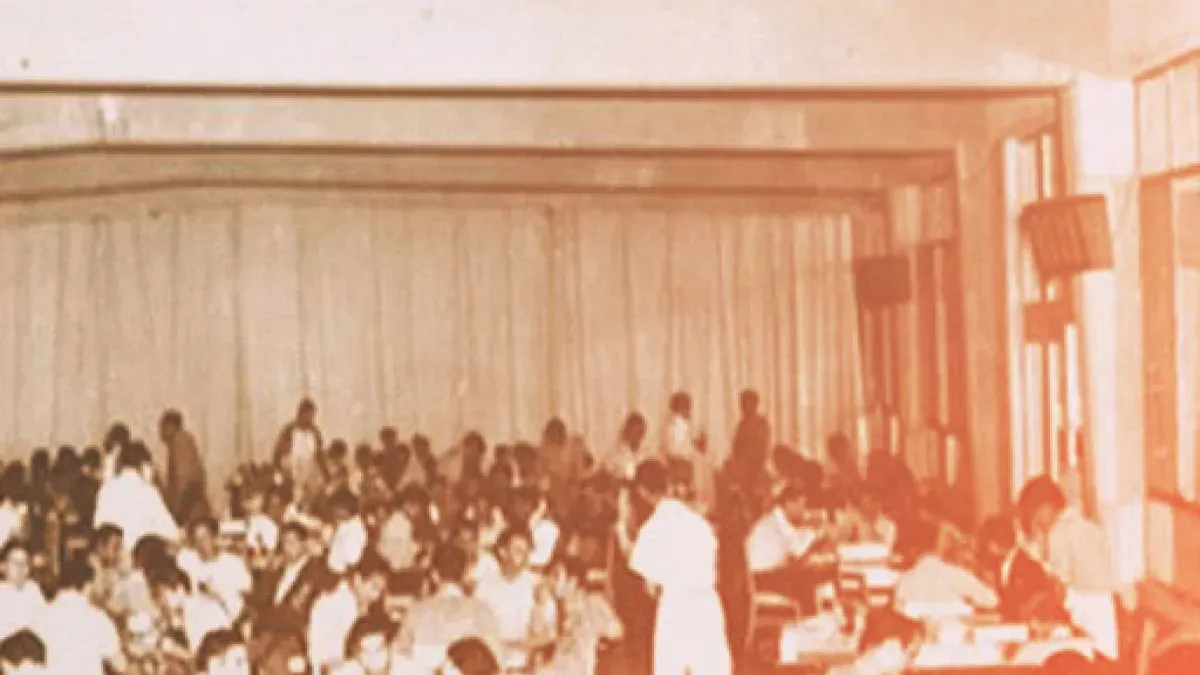
Venturing into Computing (1963-1973)
1963
- The first computer arrives with the acquisition of an IBM 1620 and the Electronic Calculation Center is created.
- The first master's degree is awarded in the specialty of Chemical Sciences.
- Tec celebrates its 20th anniversary, with 6,689 students from all states of Mexico and 18 foreign countries, studying in disciplines such as Business, Engineering, Sciences, Agronomy, Architecture, Social Sciences, and Humanities.
1964
- First class on television.
1967
- Guaymas emerges as the first foreign unit to complete the final semesters of the Biochemical Engineer degree.
1968
- First doctoral program for graduates (Ph.D. in Chemistry, specializing in Organic Chemistry).
- New library building in the center of the campus.
1969
- First-degree program in Computing in Mexico.
- The first residence hall for women is opened.
1971
- Appointment of the first Vice Chancellor for Academic Regulation and Student Affairs and liaison between the Federation of Tec Students (FETEC) and the Rector's Office.
- First championship of the Wild Rams.
1973
- Eugenio Garza Sada passes away.
- Eugenio Garza Lagüera is appointed as president of the Board of Trustees, serving in this role from 1973-1997.
- Tec opens campuses in Mexico City and Ciudad Obregón.
- Tec celebrates its 30th anniversary, with 9,968 students and degree programs in the areas of Business, Engineering, Computer Science, Agriculture, Architecture, Sciences, and Humanities, from all states in Mexico and 18 countries (including Central and South America, Canada, USA, Italy, Spain, and Japan).

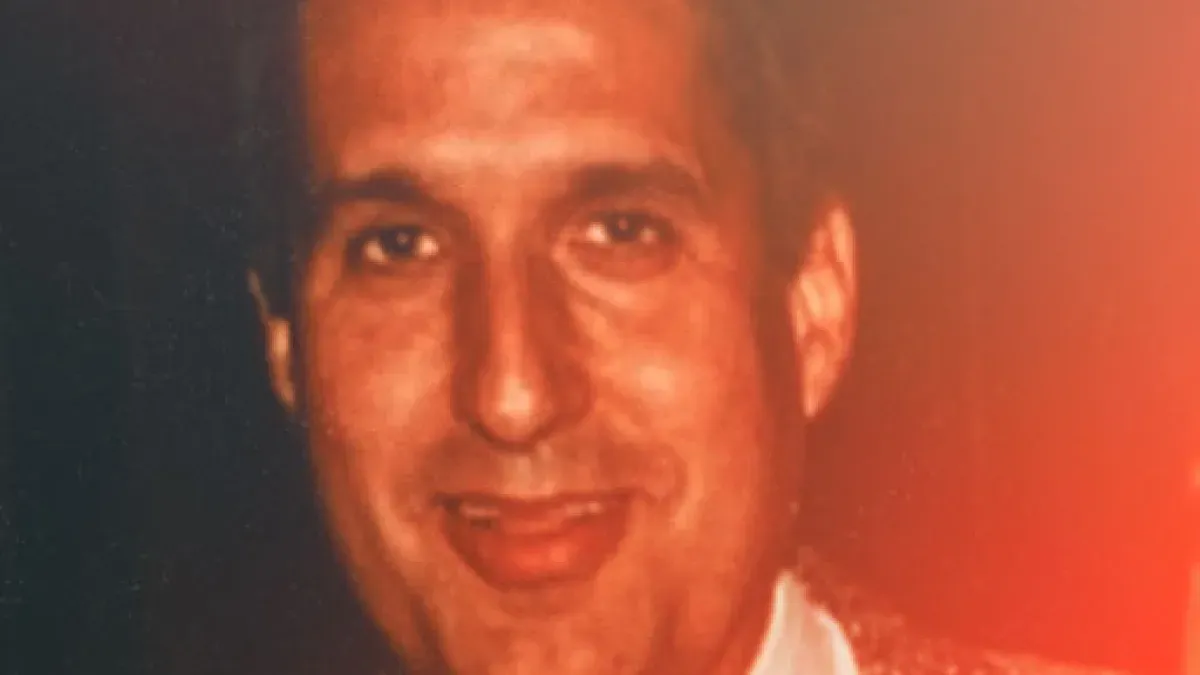
Geographical expansion and foray into healthcare (1973-1983)
1973
- Tec celebrates its 30th anniversary and has 9,968 students. It ventures into the fields of Computing and Maritime Sciences.
- Founder Eugenio Garza Sada passes away.
- The Rómulo Garza Award is created "to distinguish the best contributions in research by Institute professors..." The call for submissions is launched in 1974, and the first awards are presented in 1975.
- Tec participates in the design of the academic model for the Technical Open High School Center for the Study of Media and Advanced Education Procedures (CEMPAE).
- Ciudad Obregón and Mexico City units.
1974
- Saltillo unit.
1975
- Av. Tecnológico is renamed Av. Eugenio Garza Sada in honor of the founder.
- Campuses in Querétaro, Laguna, San Luis Potosí, and PrepaTec Eugenio Garza Sada.
1976
- Campuses in Chihuahua, State of Mexico, and Irapuato.
- Mexican Northeast University is created.
1977
- Graduate School of Business Administration (EGA) in Guadalajara.
1978
- The School of Medicine is established.
- Center for Research: Solar Energy.
- Female students receive professional degrees written in the feminine form (the first in Latin America).
- Campus in León.
1979
- PrepaTec Navojoa.
1980
- Personal computers and computing are introduced in all majors (the first in Mexico).
- The Luis Elizondo Auditorium is inaugurated in Monterrey, the largest of its kind in the city at the time.
- Campuses in Colima, Chiapas, Hidalgo, and Cuernavaca.
- Monterrey professors and former professors establish the Association of Emeritus Teachers of the Monterrey Institute of Technology (AMETEC).
1981
- Central Veracruz and Tampico campuses are open.
1982
- Toluca unit.
1983
- Ciudad Juárez, Mazatlán, Sinaloa, and Sonora Norte campuses.
- 40 years | 30,085 students, 23 off-campus units, and 1 high school in Monterrey.
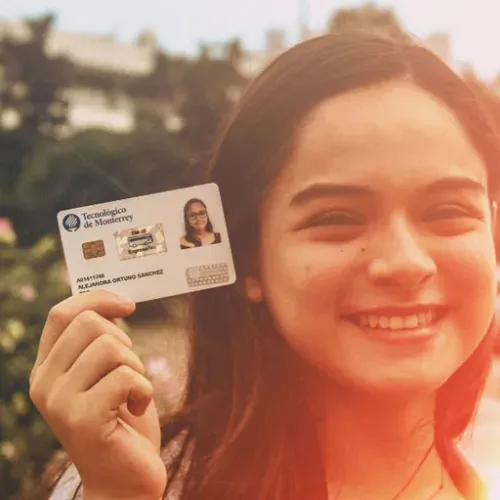
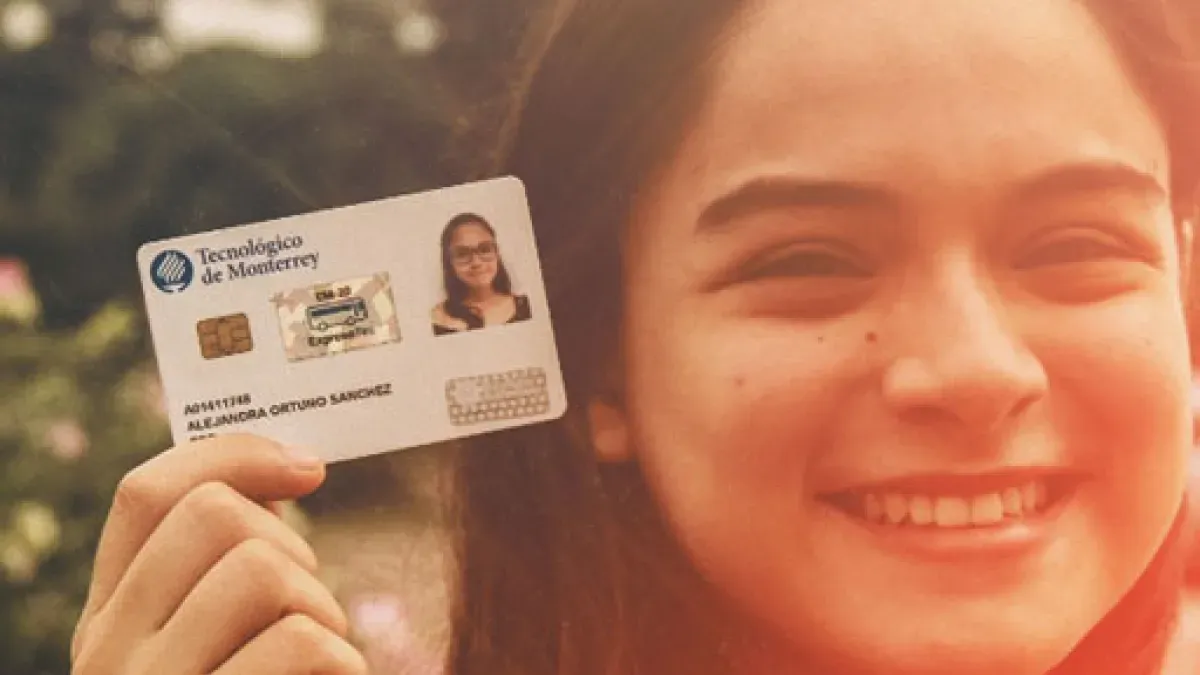
Satellite education | Internet | Teacher development and postgraduate studies (1983-1993)
1983
- The Ciudad Juárez, Mazatlán, Sinaloa, and Sonora Norte campuses are founded.
- Tec celebrates its 40th anniversary and already has 30,085 students enrolled in programs in engineering, architecture, sciences, business, humanities, and medicine.
1985
- Rafael Rangel Sostmann, chancellor from 1985-2011.
- Creation of research and extension centers with support from global companies such as Apple and IBM.
- Foreign units change their names to ‘campus’. The Zacatecas Campus and PrepaTec Eugenio Garza Lagüera are opened.
1988
- Encouragement for professors to obtain master's and doctoral degrees.
1989
- First Internet connection in Latin America.
- Inauguration of the Advanced Technology Center for Production (CETEC) at the Monterrey Campus.
- Creation of the Center for Artificial Intelligence.
- Encouragement for professors to obtain master's and doctoral degrees.
1992
- First international program accreditations.
1993
- Creation of the Eugenio Garza Sada Award.
- Tec celebrates its 50th anniversary and already has 50,610 students enrolled in programs in engineering, architecture, sciences, business, humanities, and medicine.
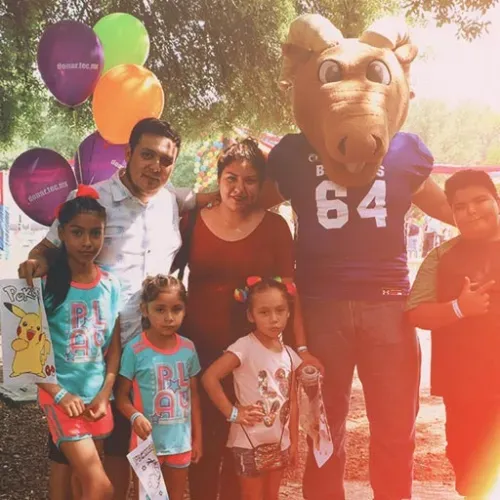
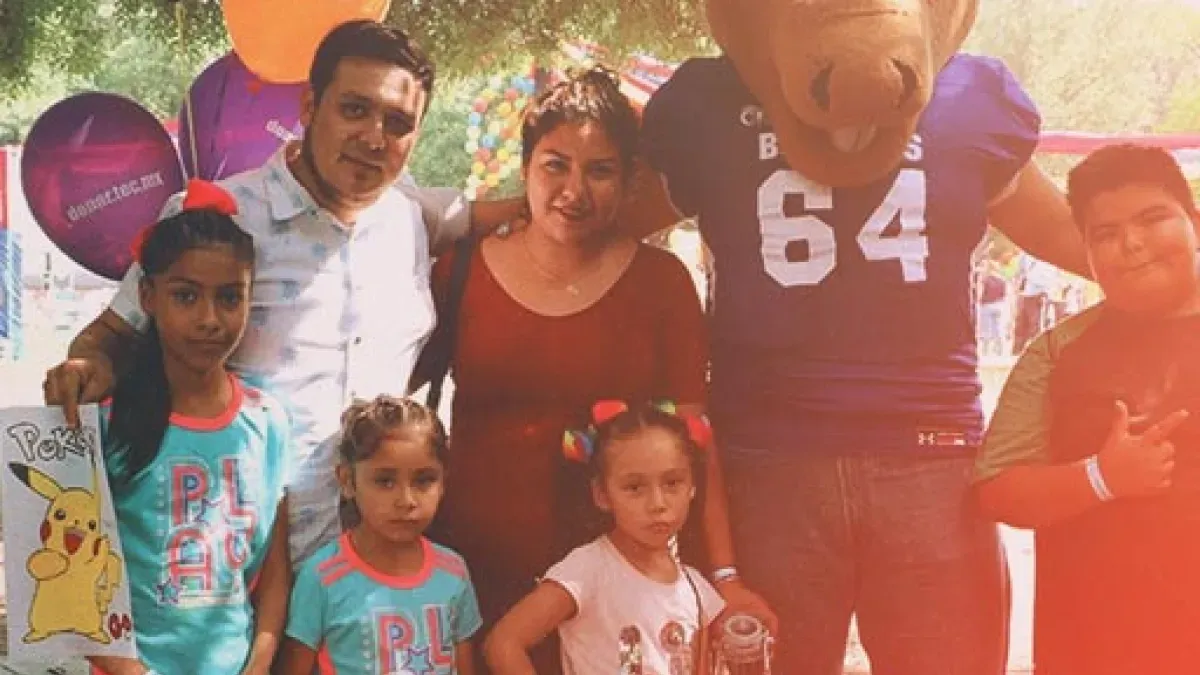
Empowering distance education (1993-2003)
1993
- Creation of the Eugenio Garza Sada Award.
- Tec celebrates its 50th anniversary and already has 50,610 students enrolled in programs in engineering, architecture, sciences, business, humanities, and medicine.
1994
- First forum of presidential candidates in Mexico.
1995
- Graduate programs in Business Administration at EGADE.
1996
- Creation of the Virtual University.
- PrepaTec Santa Catarina is opened.
1997
- Lorenzo H. Zambrano becomes president of the Board of Trustees from 1997-2012.
- Redesign of teaching practices.
1998
- Laptops become a requirement and a platform for courses.
- Double degrees with foreign institutions.
- Aguascalientes campus.
1999
- Creation of the Alfonso Reyes Chair
2000
- Master's degrees 100% online.
2001
- Santa Fe campus and PrepaTec Cumbres.
2002
- Tecmilenio University.
- Morelia campus.
2003
- The creation of research chairs.
- Campus Puebla.
- 60 years, with 93,642 students, 28 campuses, and 4 high schools.
- Tecmilenio with 5,664 students enrolled.


Strengthening internationalization and entrepreneurship | Creation of EGAP, Tecmilenio, and TecSalud (2003-2013)
2003
- The School of Graduate Studies in Public Administration and Public Policy (EGAP) is created.
2004
- PrepaTec Metepec.
2005
- Creation of the Institute of Family Businesses.
- PrepaTec Valle Alto.
- Network of Business Incubators.
2007
- Invitation to international networks APRU, U21, and WEF's GULF group.
- FEMSA Biotechnology Center.
- 48% of graduates with international experience.
2008
- Strengthening of health areas with the Center for Innovation and Transfer in Health (CITES).
2010
- Jorge and Javier, outstanding students from Monterrey, pass away in the surroundings of the campus.
2011
- Salvador Alva, president 2011-2020.
- David Noel Ramírez, president 2011-2017.
2012
- José Antonio Fernández Carbajal, president of the Board of Trustees 2012-2023.
- Zambrano Hellion Medical Center.
- First time in THE-QS World University Rankings.
2013
- 70 years, 98,935 students.
- Tecmilenio 37,896 students.
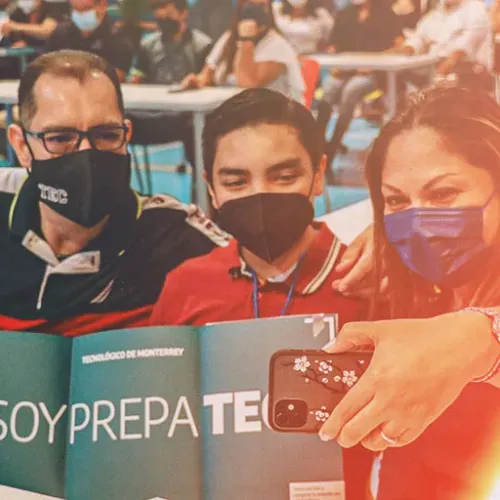
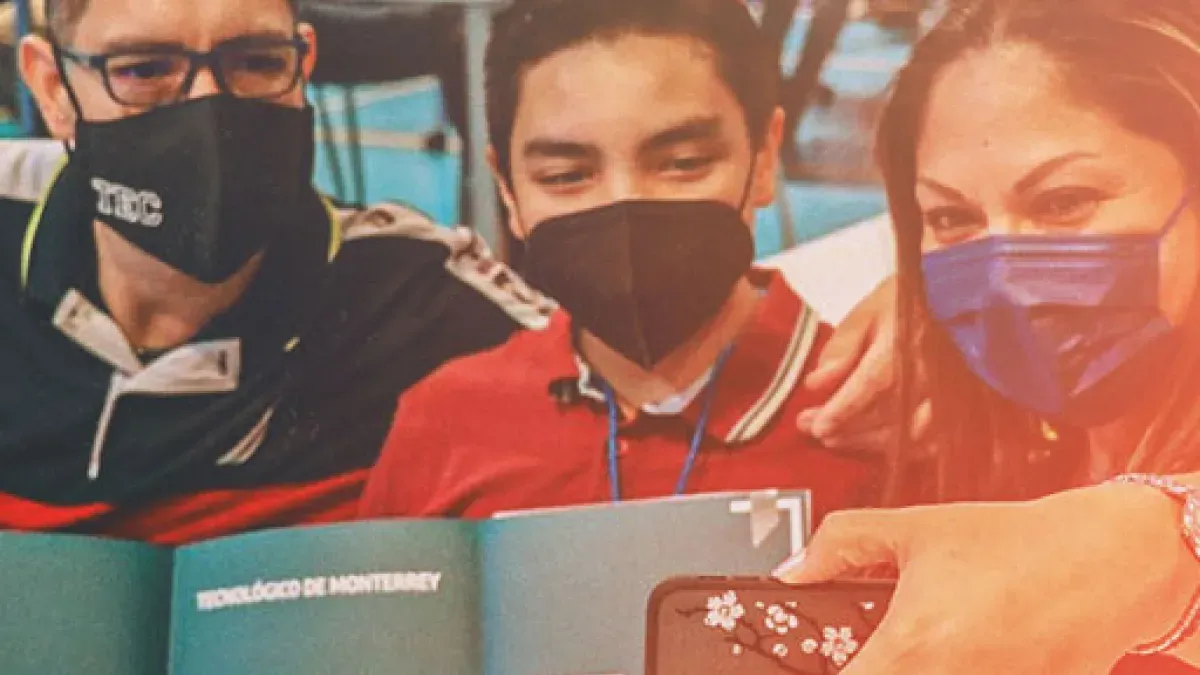
Innovating in the educational model and the impact on society (2013-2023)
2013
- Design of the educational model begins.
- First edition of INCmty.
- Start of Selectivity program.
- Eugenio Garza Lagüera Entrepreneurship Institute.
2014
- Research agreement with MIT.
- Leaders of Tomorrow scholarship program.
- Launch of Distrito Tec.
2018
- Hologram professor.
2019
- Educational Model is born.
2020
- David Garza Salazar, chancellor, and executive president since 2020 to date.
- Leadership of TecSalud, Tec de Monterrey, and Tecmilenio during the pandemic.
2021
- New Mexico City Campus.
- Metaverse.
2023
- 80 years, 96,040 students. 61,522 students at Tecmilenio.
- Ricardo Saldívar Escajadillo, president of the Board of Trustees since 2023.